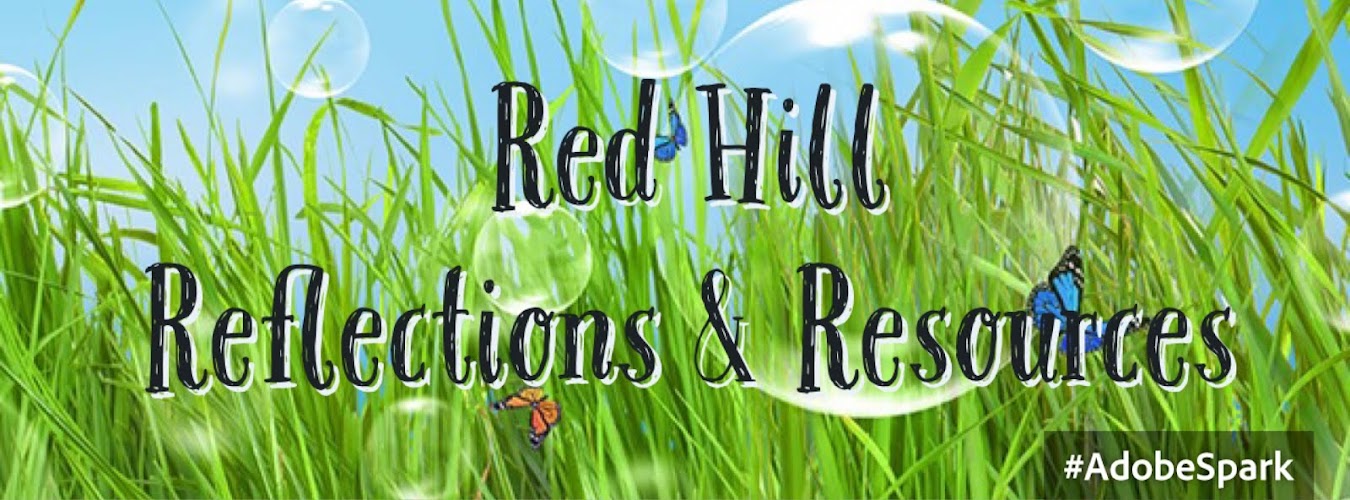Below you will find a quick write up of how I introduce number talks to my students.
Number Talks - Day 1
Goal/objective: Students will understand the basic routine and brainstorm ways to respond to each other.
Step 1 - Choose 2-3 sets of Number Talk problems to use throughout this lesson.
I always begin with whole numbers (or dot pictures in PK and K) that are fairly easy for my kids (so that they meet success quickly) and then I ramp up the level of difficulty over the first 3-5 days (depending on the group of kids). You really have to gauge it based on your students. Every class, as you well know if you have been teaching for 2 or more years, can be vastly different in how they think and interact with each other from others (even at the same grade level). If you have the Sherry Parrish book you will see that she divides it up by grade level. In grade 3-5 the first lessons she has look really simple but, for kids who have not had number talks before, are a great place to start.
Last year I used this number talk string on the first day in grade 3:
7 + 3
7 + 5 + 3
3 + 6 + 7
Step 1 - Optional - Video
You could choose to show your students a video of a number talk that is similar to what you will be doing before you begin. Then you could have your students reflect on what they see the other students doing and how they are interacting with each other. Some videos can be found in the Number Talks book by Sherry Parrish or on teachingchannel.org.
The Lesson
1. I introduce the following before putting up the first problem (I only put up one problem at a time).
- Number Talks are a set of problems that we will solve mentally and share out so that we can learn different strategies and ways of thinking from each other.
- I will write up one problem at a time and we will think quietly about how we would solve it and the solution. When they know they have a way to solve it they should give me a “thumbs up” on their chest. I explain that we don’t put our thumb in the air because it might block the view of others or distract them while they are thinking. I will be able to see when they put their thumbs up on their chest.
- Explain that we will share out more than one solution and that if someone share something that they also thought they can use the “me too” hand signal.
2. I write the first problem for all students to see. I remind them to give me a thumbs up on their chest when they have a solution (not to raise their hands because it is distracting to students who are thinking). When I have lots of students showing me the “thumbs up” signal I ask a student to share how they solved the problem. Then I share out the discussion statements. I explain that we will use these statements to help them learn to communicate and discuss in a kind way. The statements I then share are these:
- I agree with (insert student name) because…
- I disagree with (insert student name) because…
- I did not understand (insert name or what you didn’t understand). Could you explain it again?
- (insert name) how did you decide to…
3. Next I tell students that I’m going to write the next problem on the board and that they might be able to use something we learned from the first problem to help them solve this problem. Again I wait for students to give me that “thumbs up” signal on their chest. I remind that them they should use the discussion statements to help them to respond to each others thinking. I elicit several ways to solve the problems from the students and record the thinking.
4. I continue reinforcing the “thumbs up signal” and discussion strategies the first day with the remainder of the first sting of problems. Then I tell them that we will do one more string that it a little harder but could utilize the same strategies that we have already shared.
5. I ask students, at the end of the time, to share out some things they learned about solving problems today AND some things they learned about how we can discuss our thinking with each other (to reinforce what we have learned).


No comments:
Post a Comment